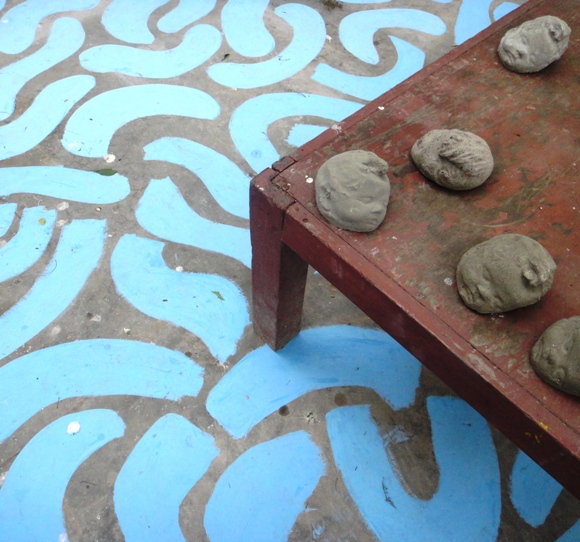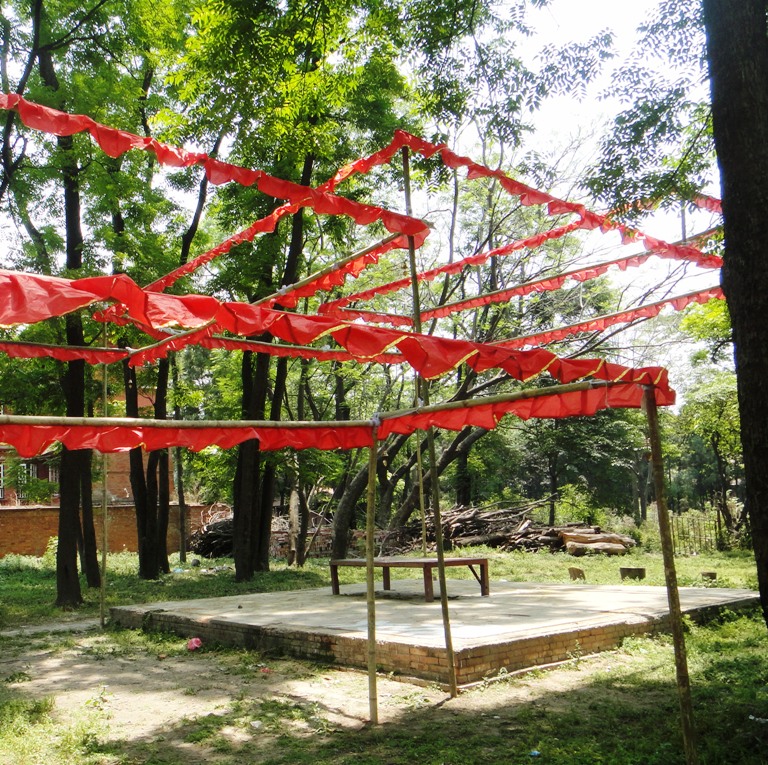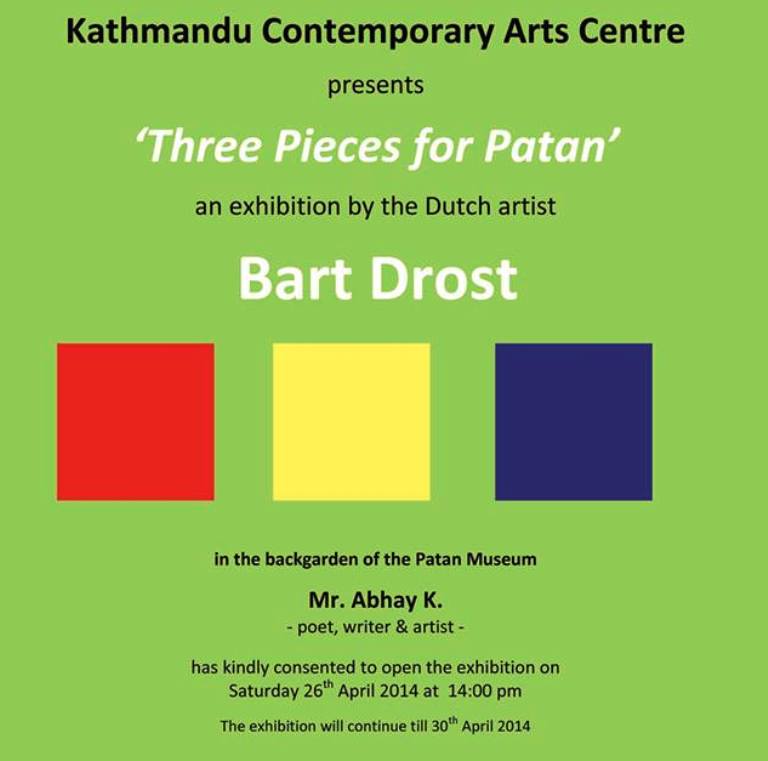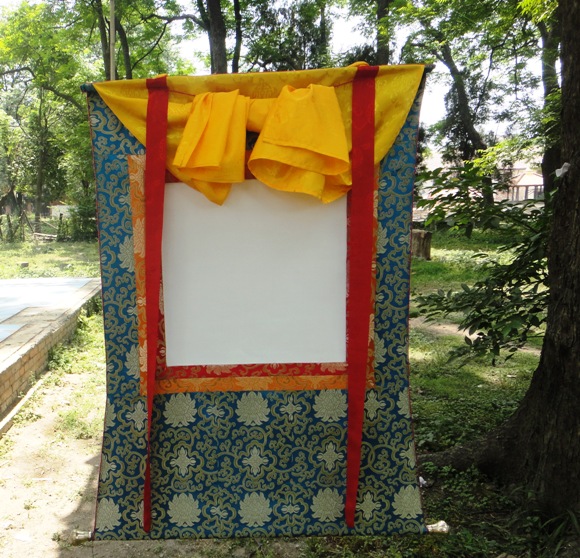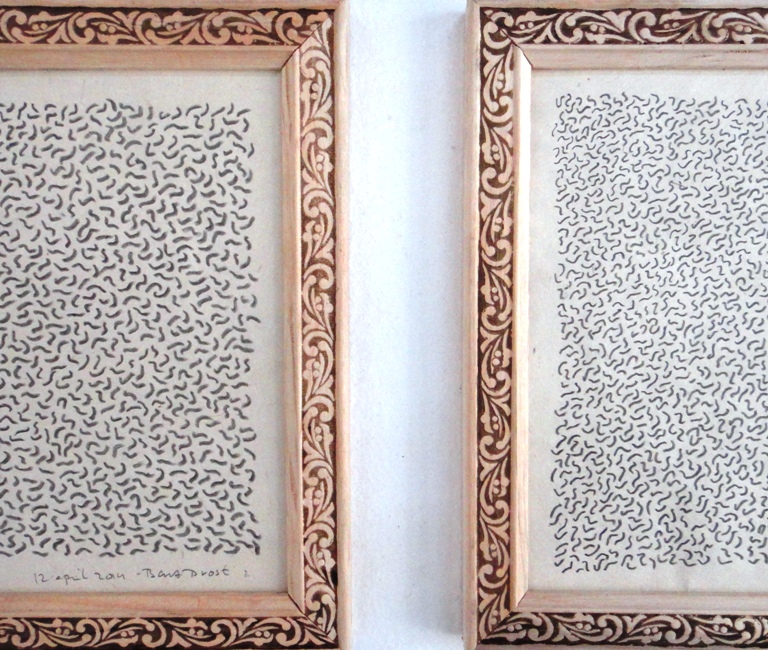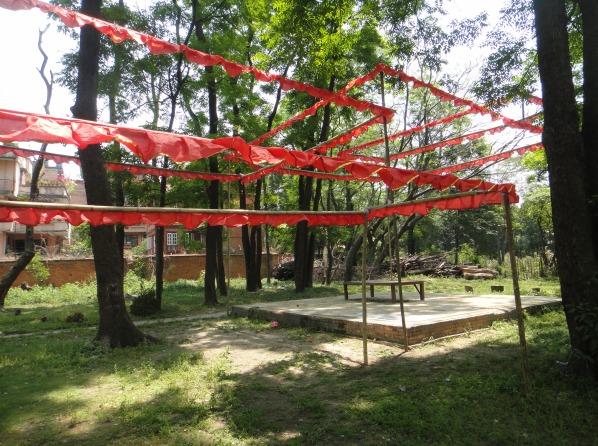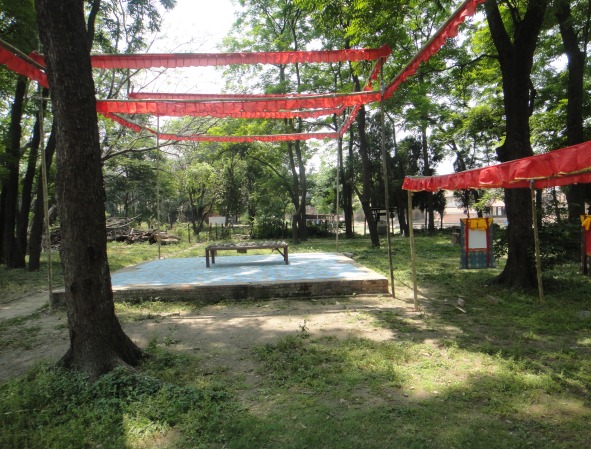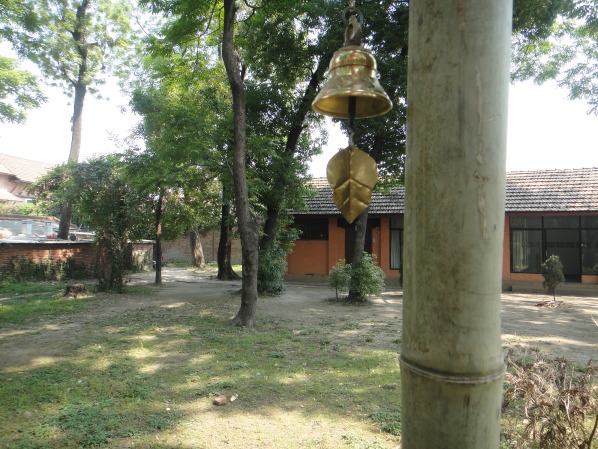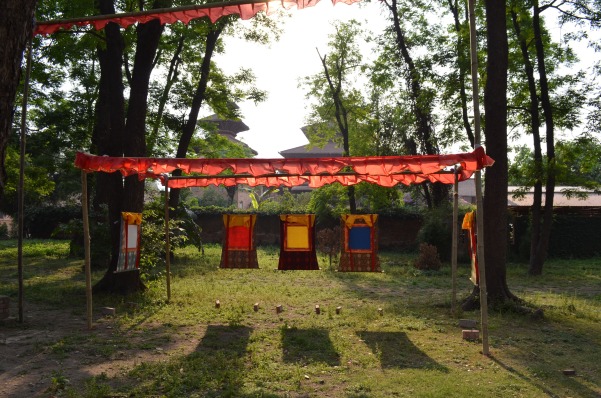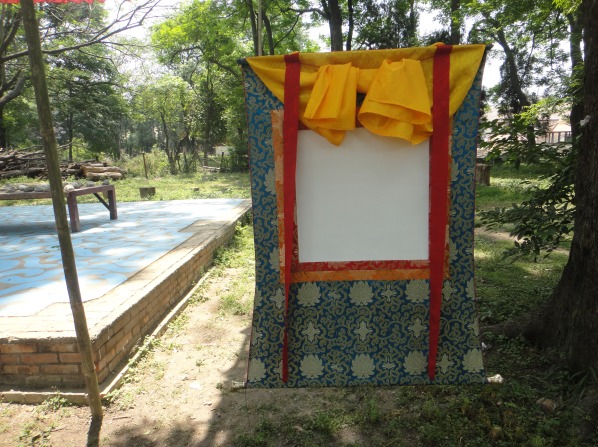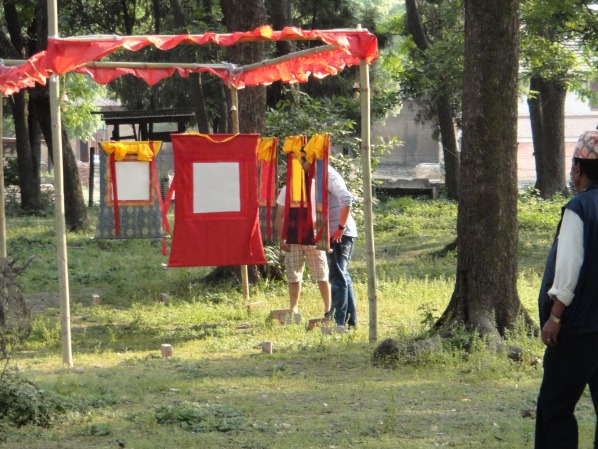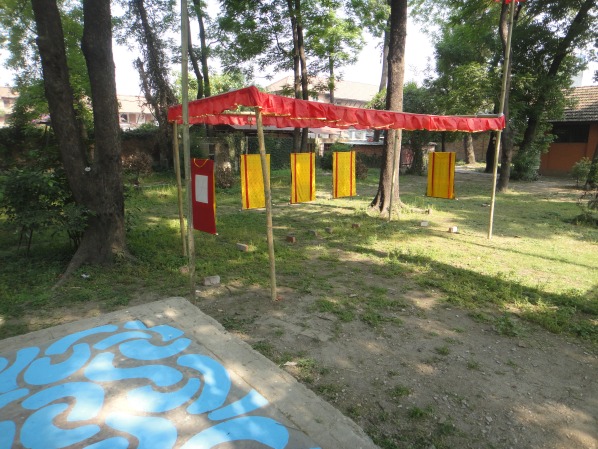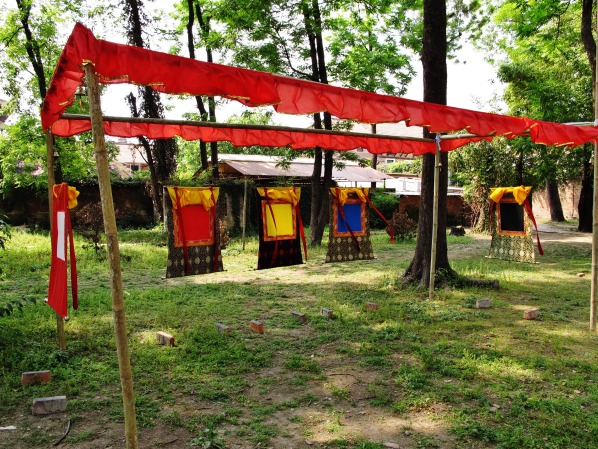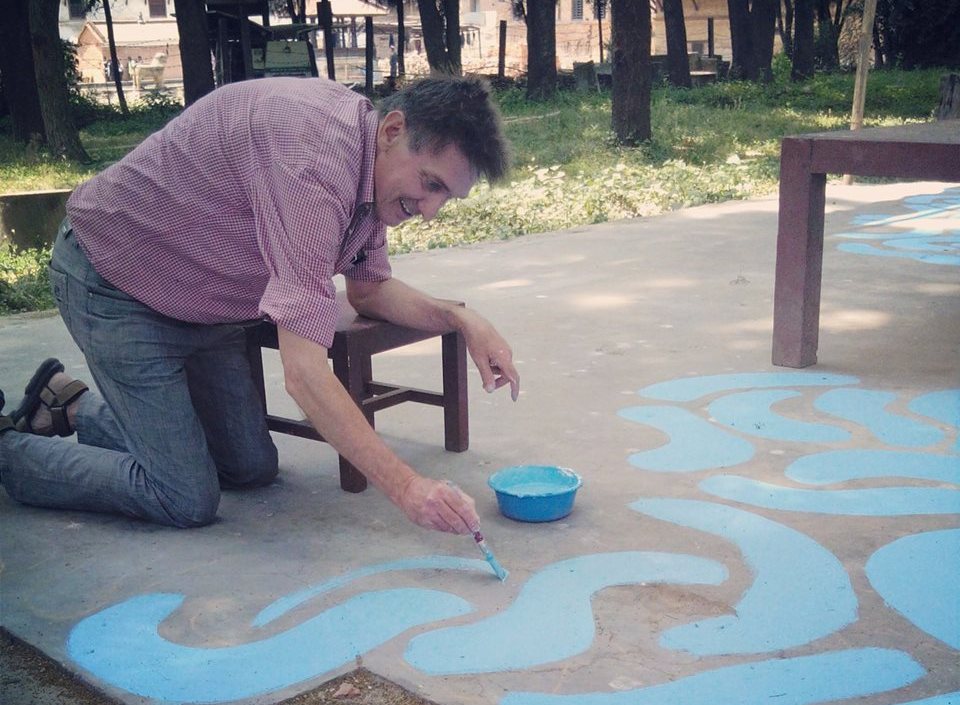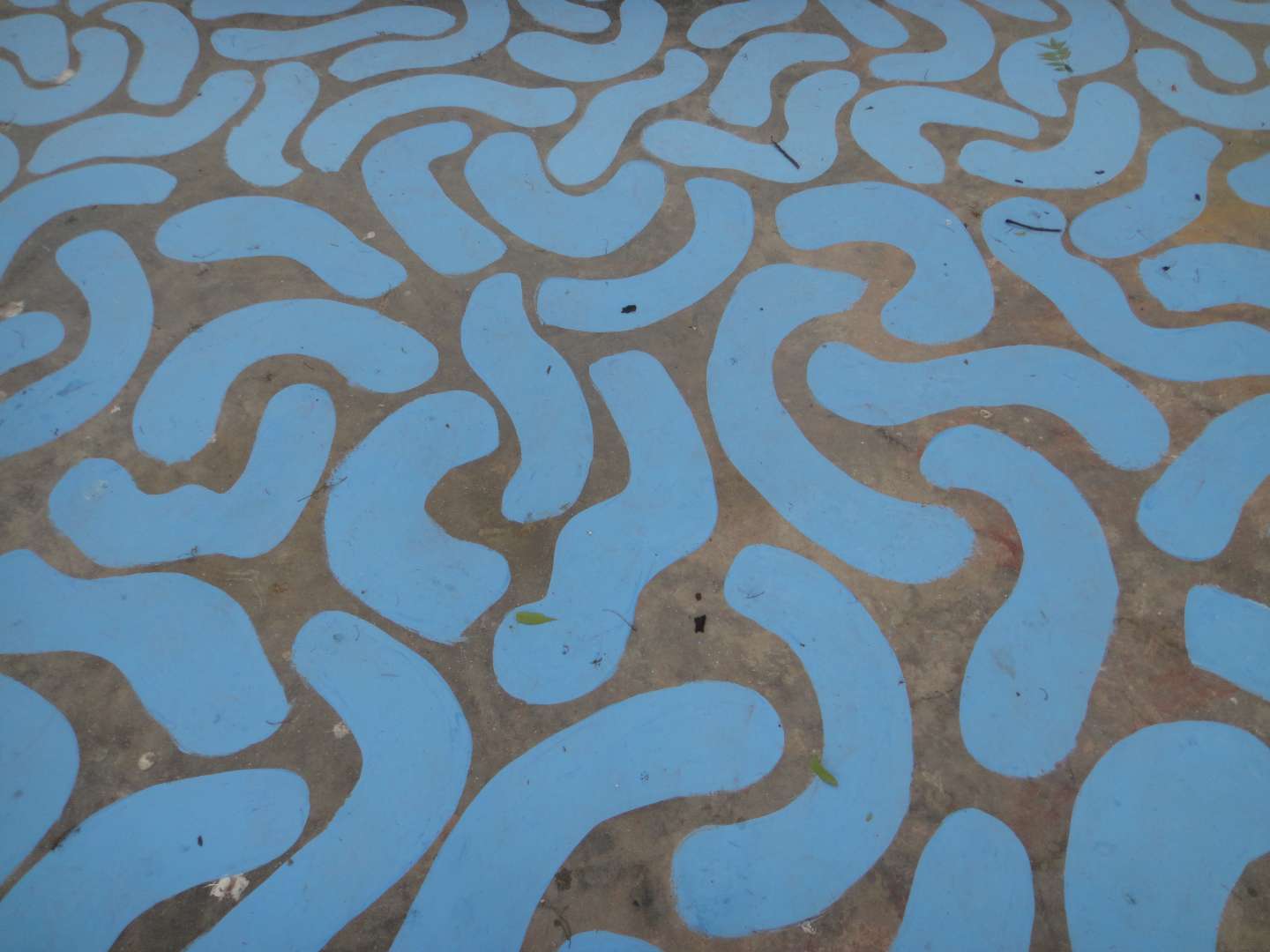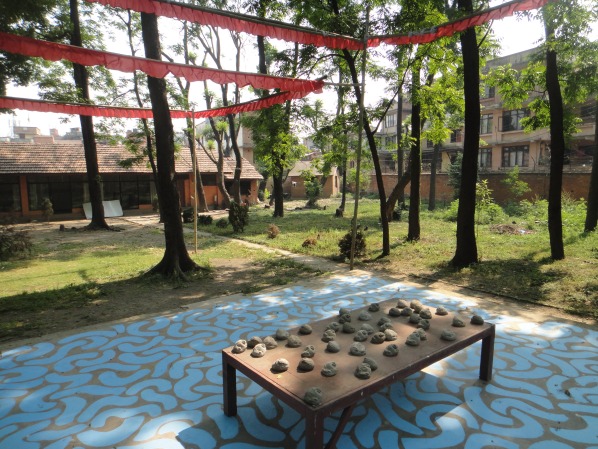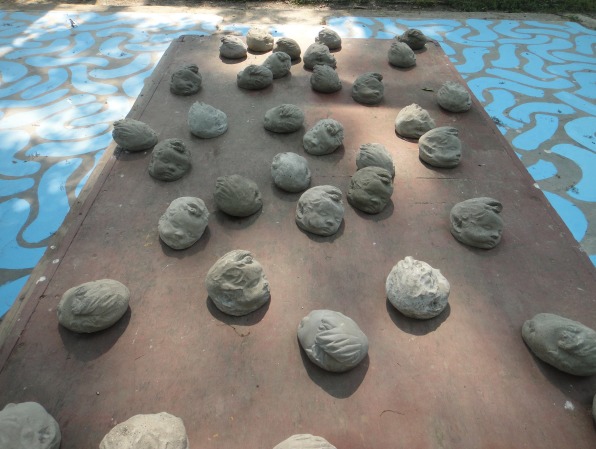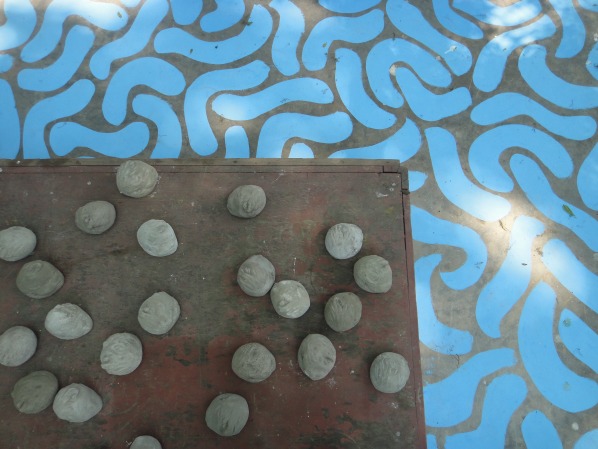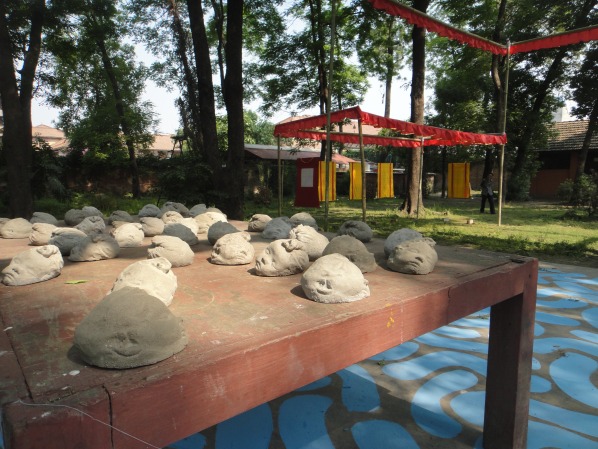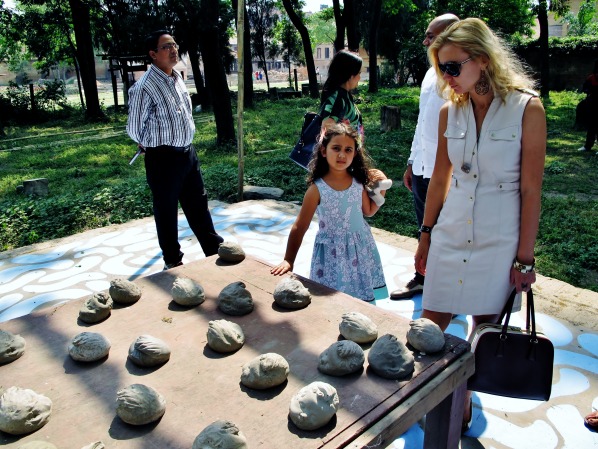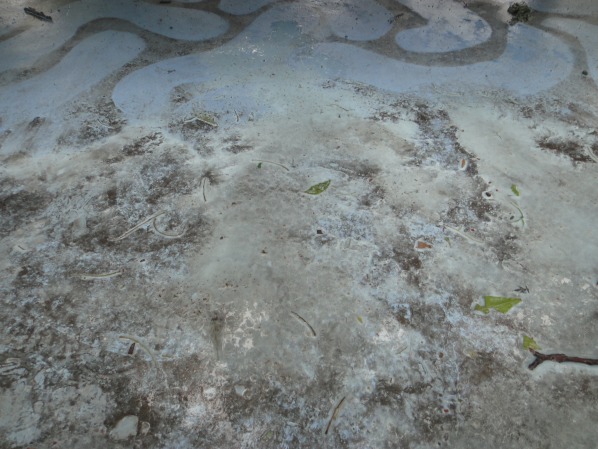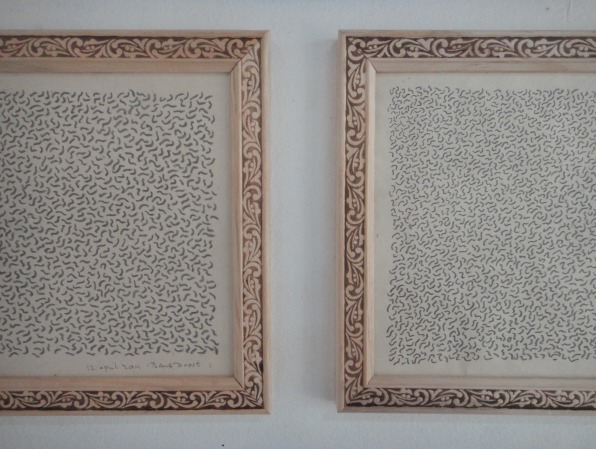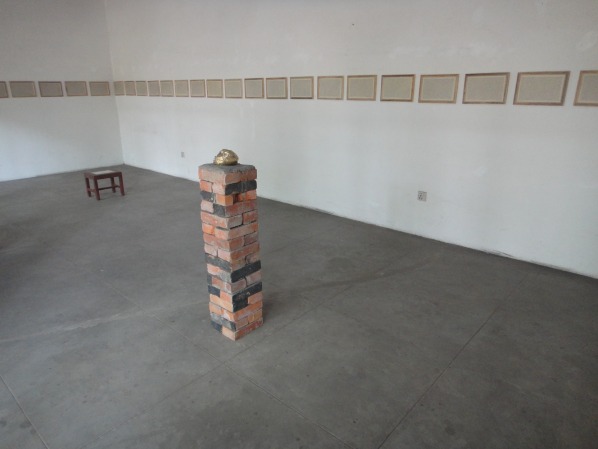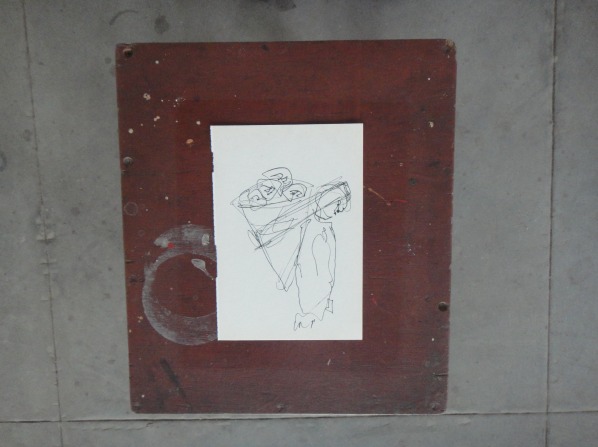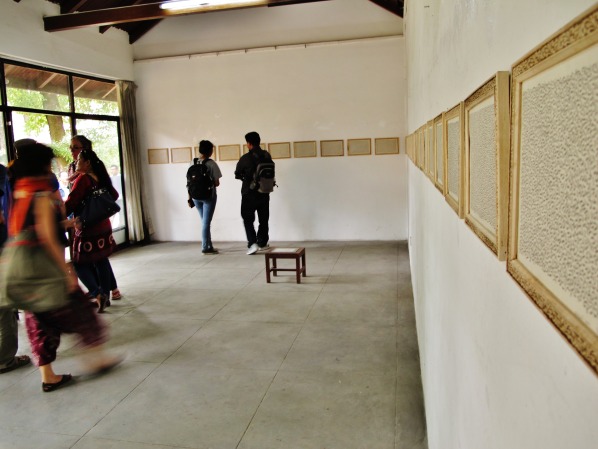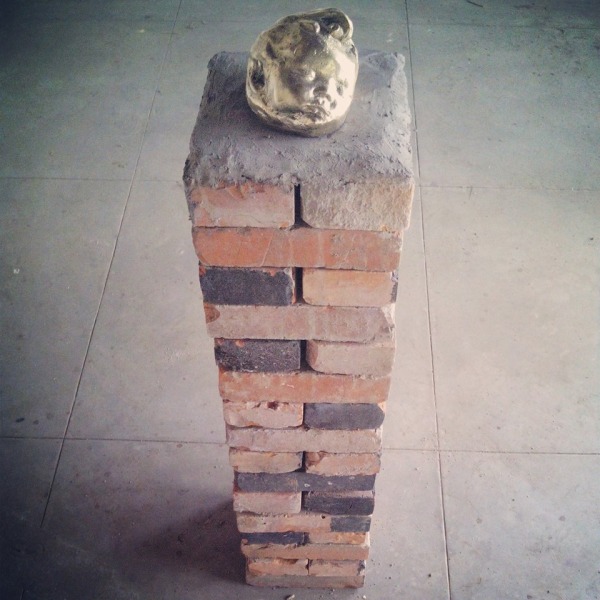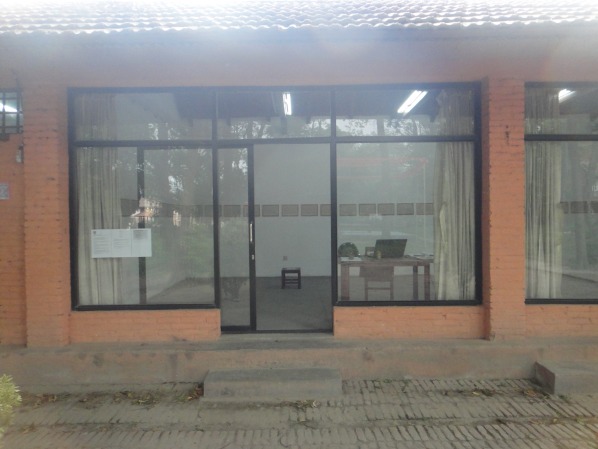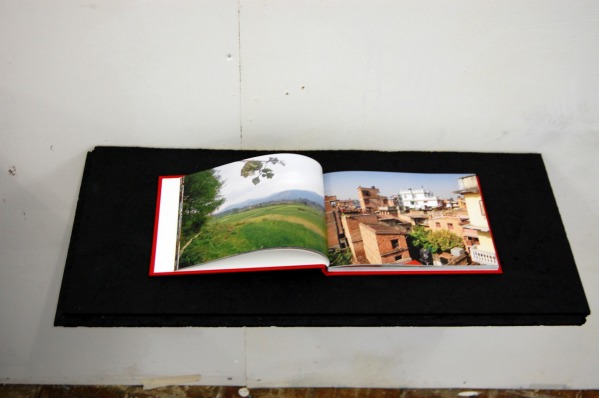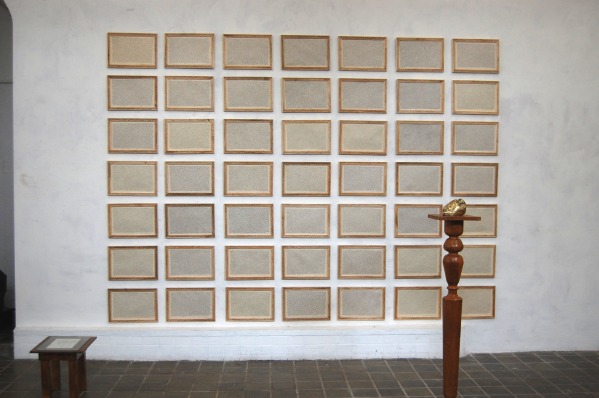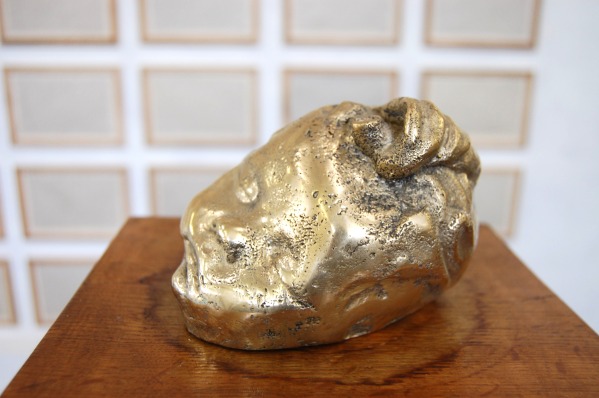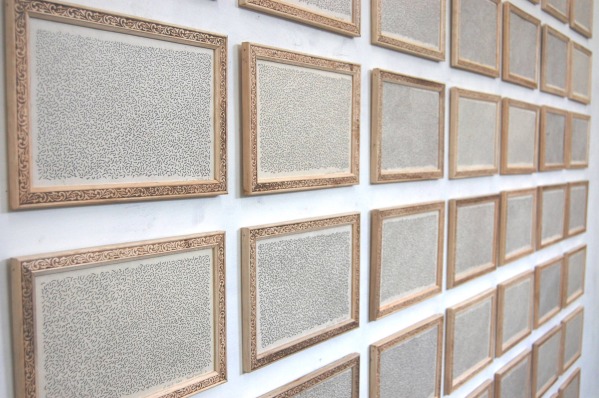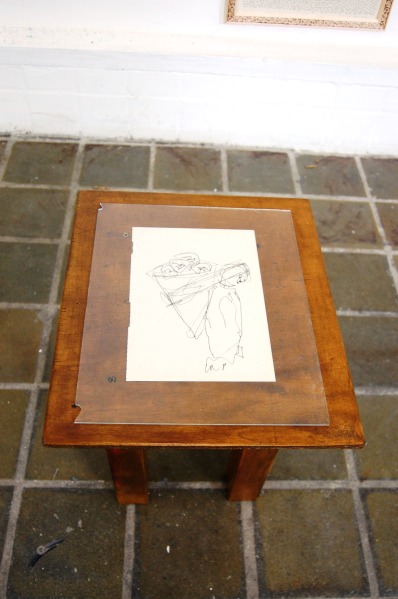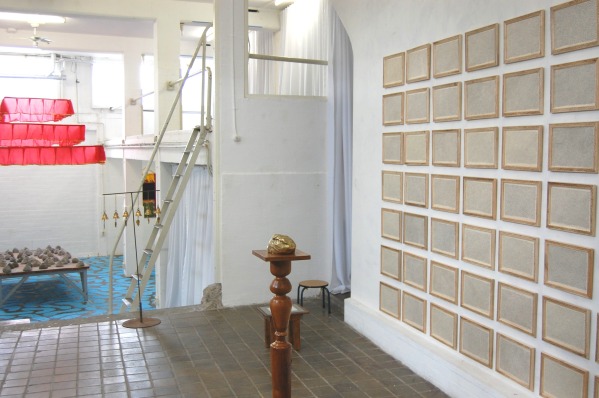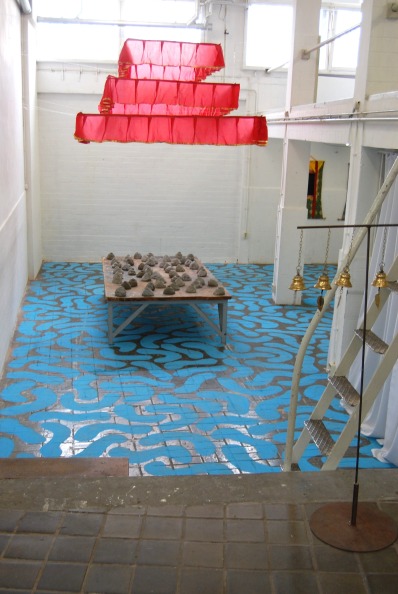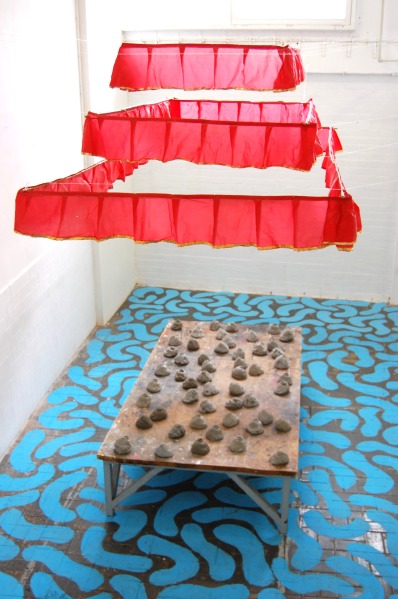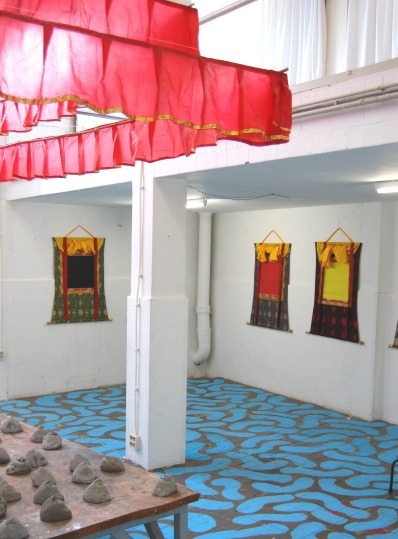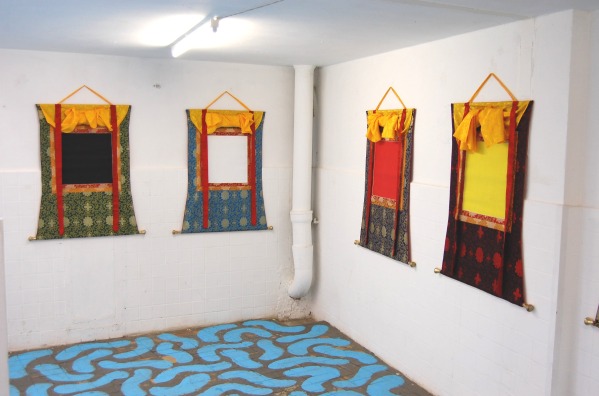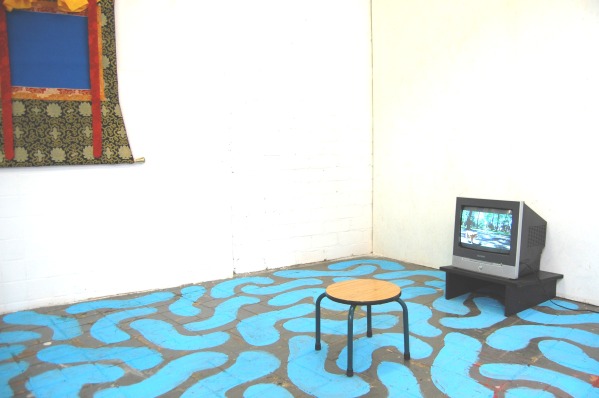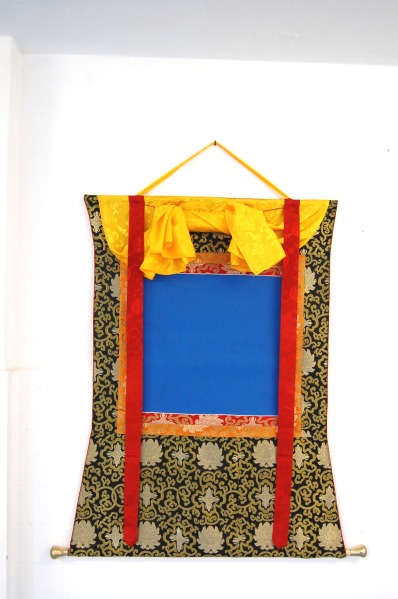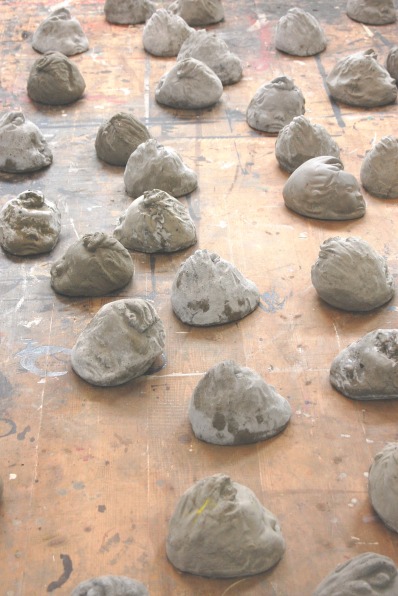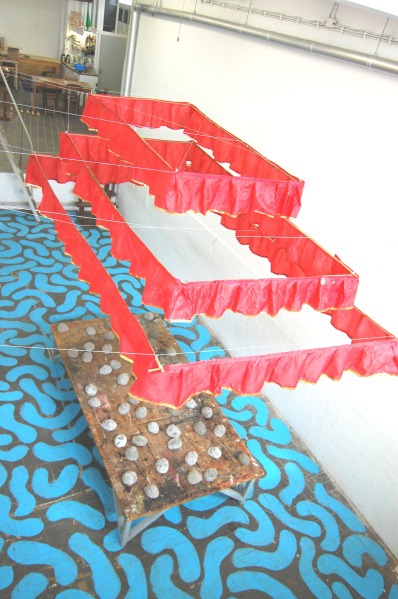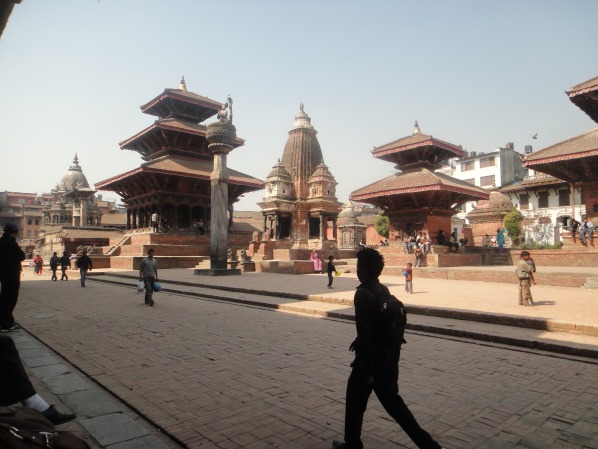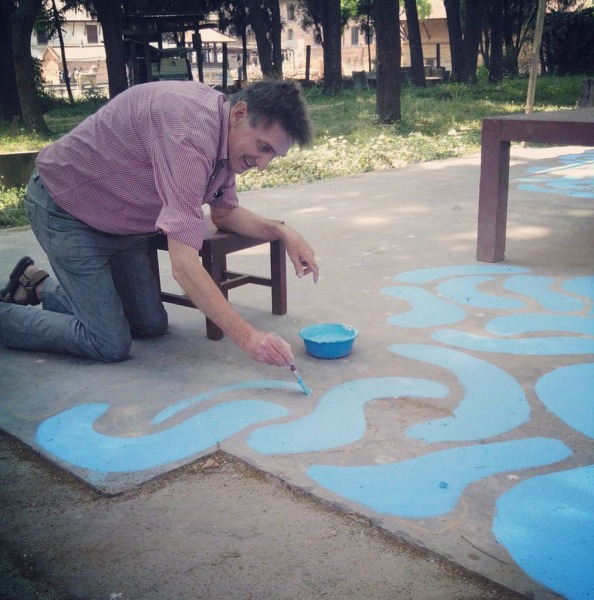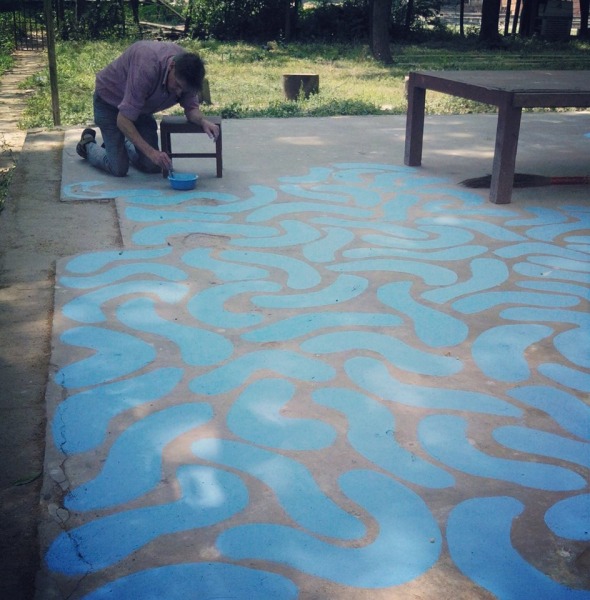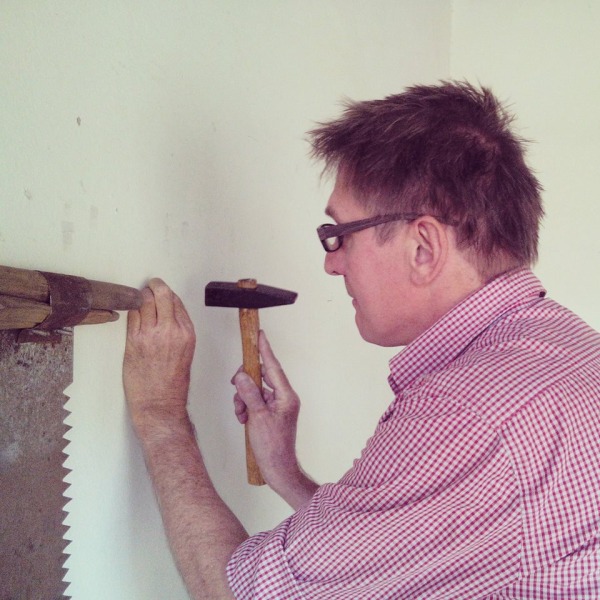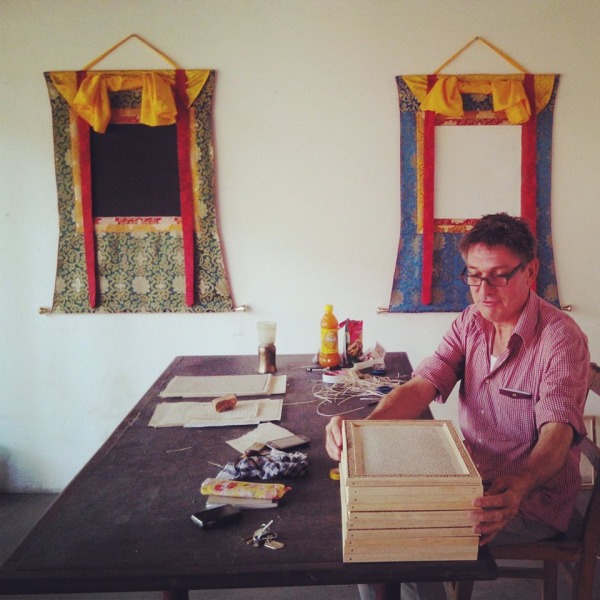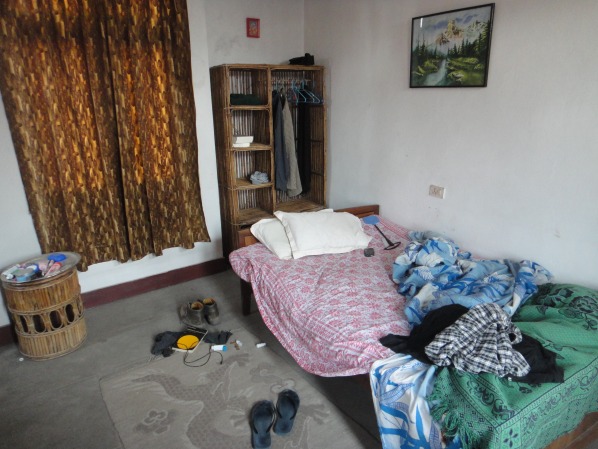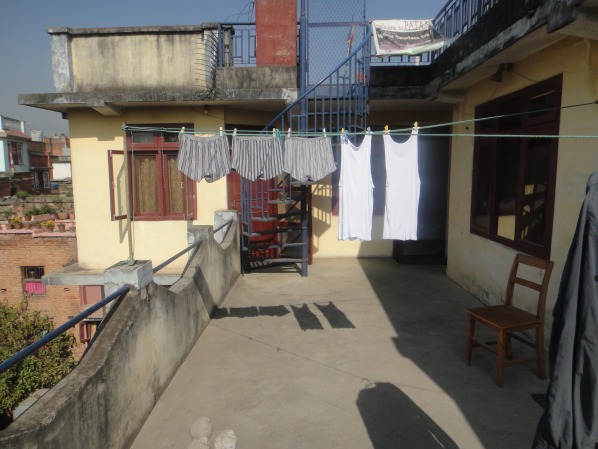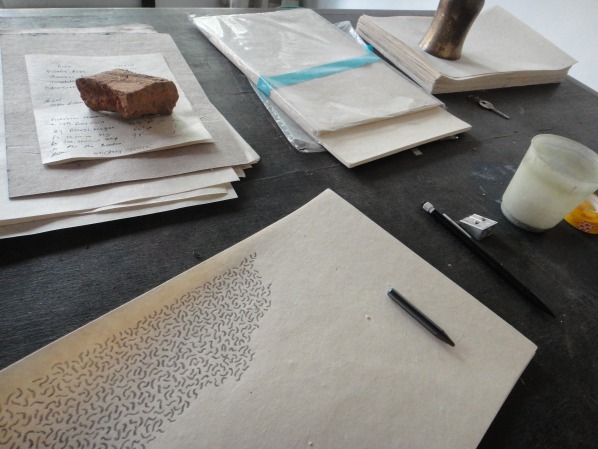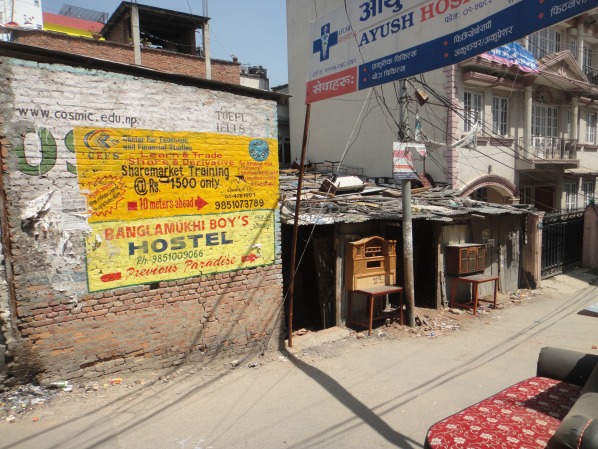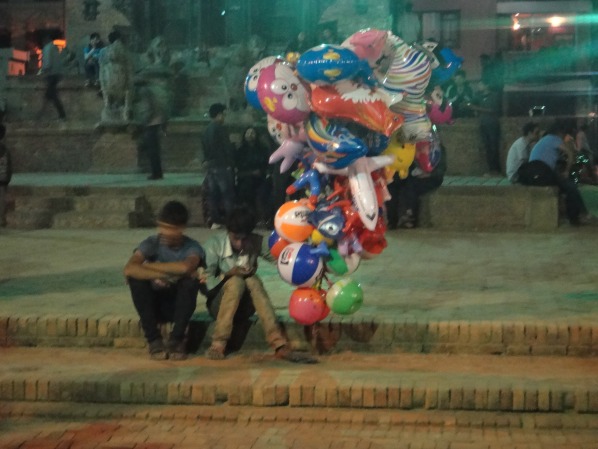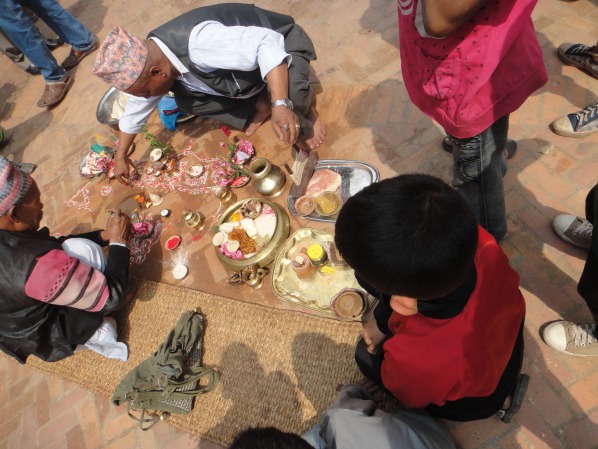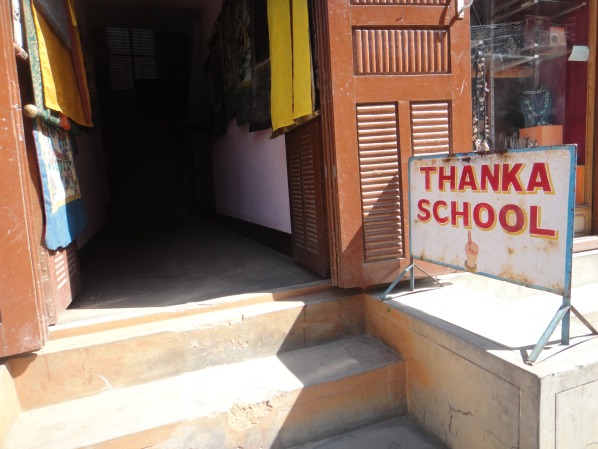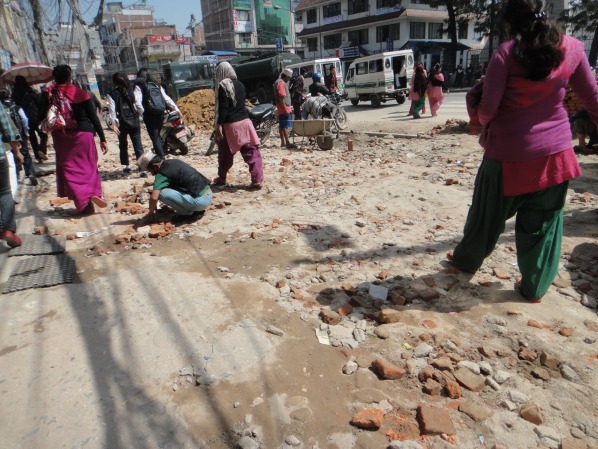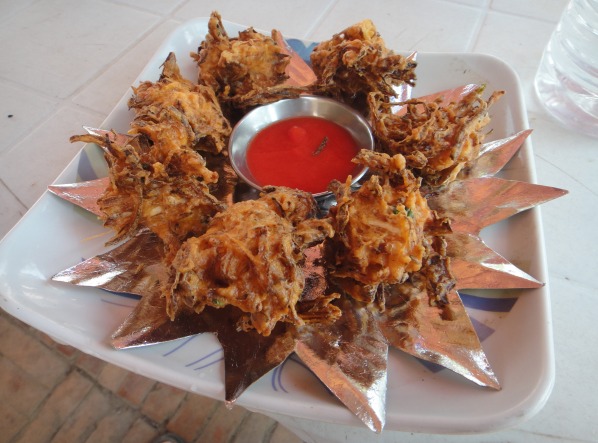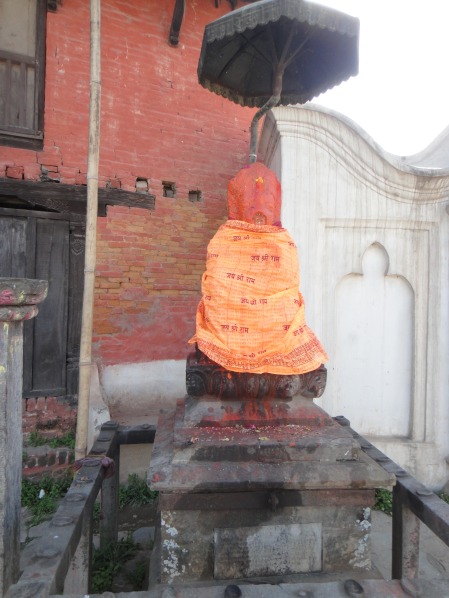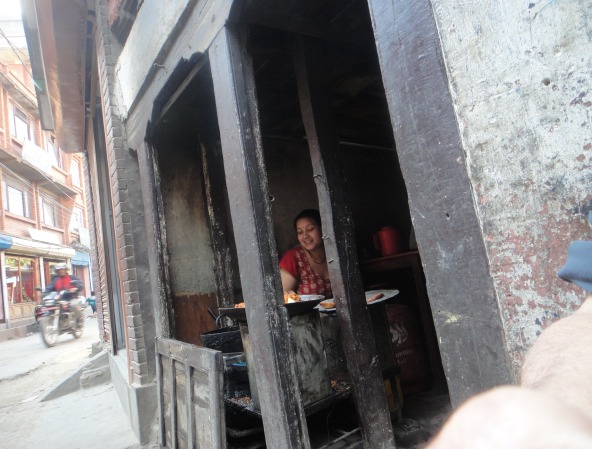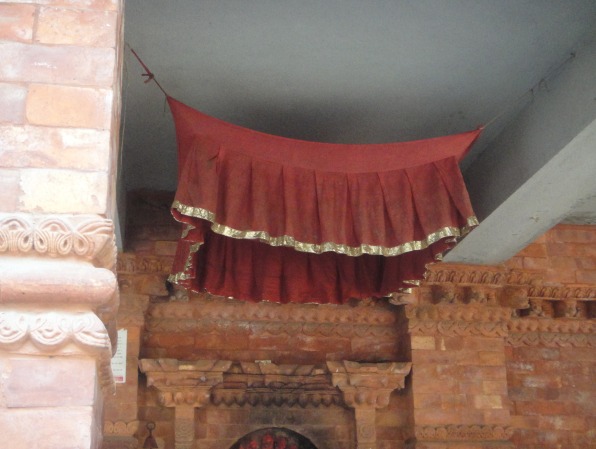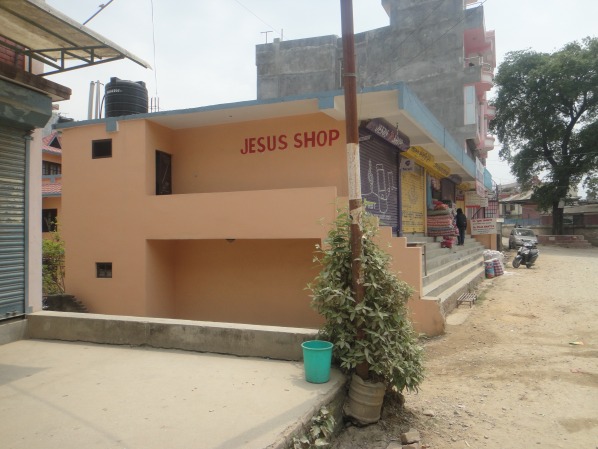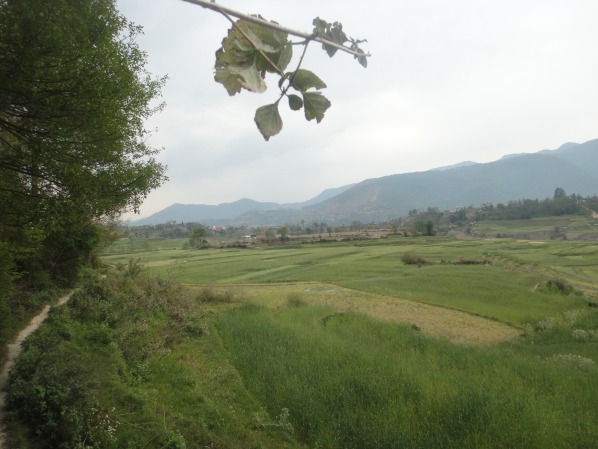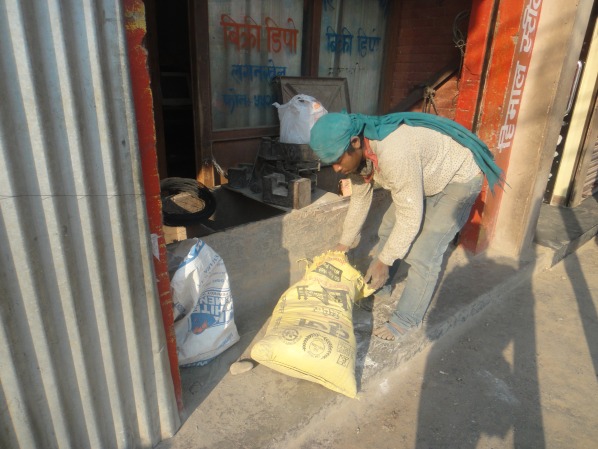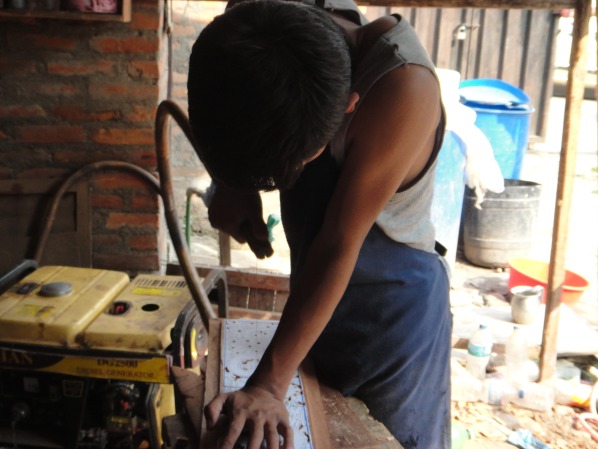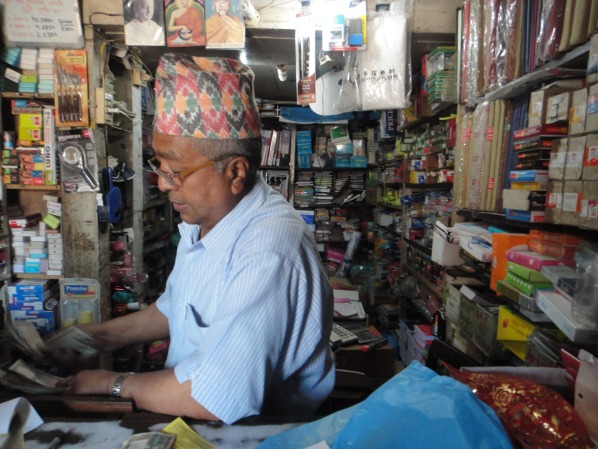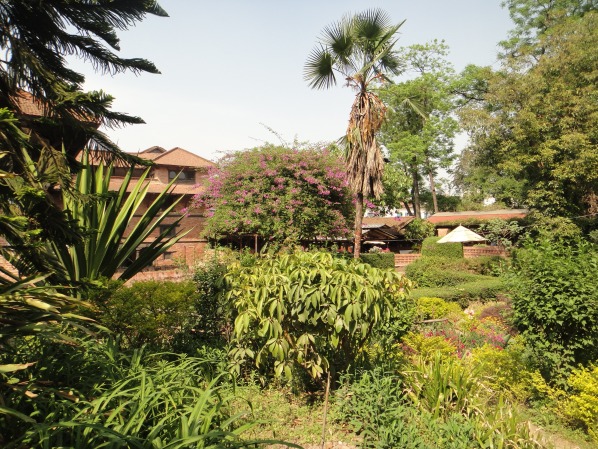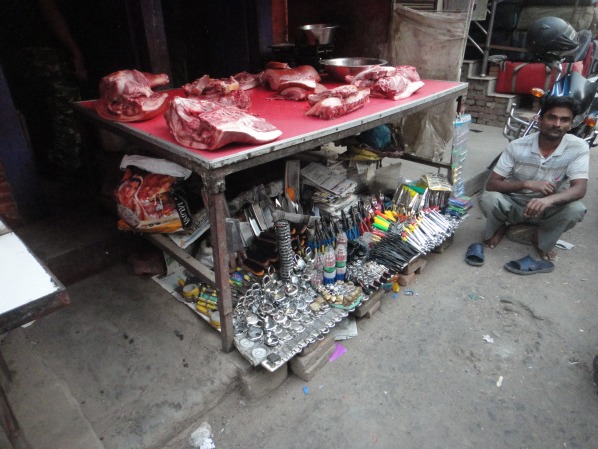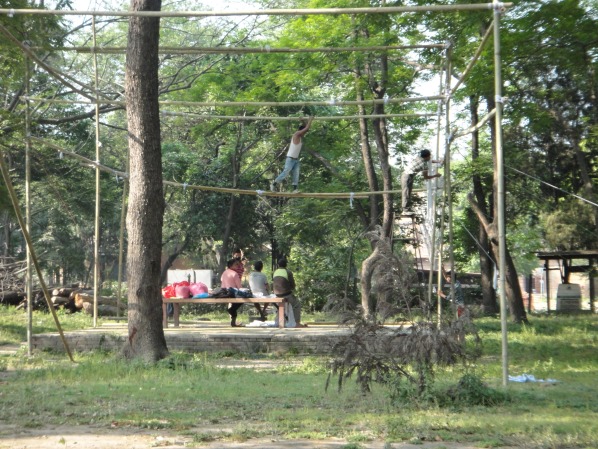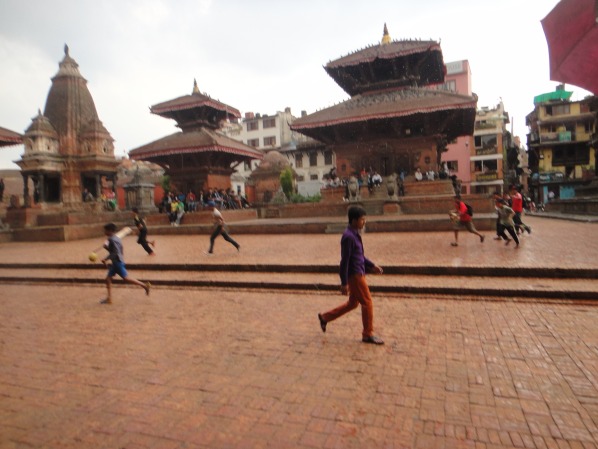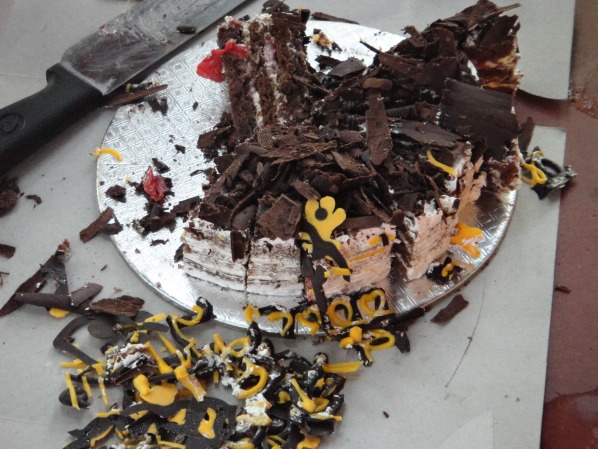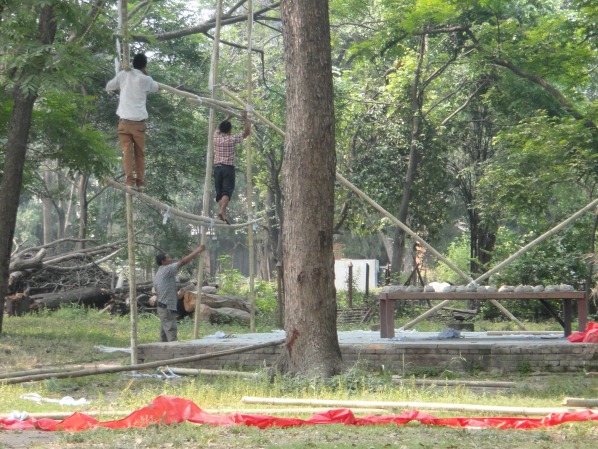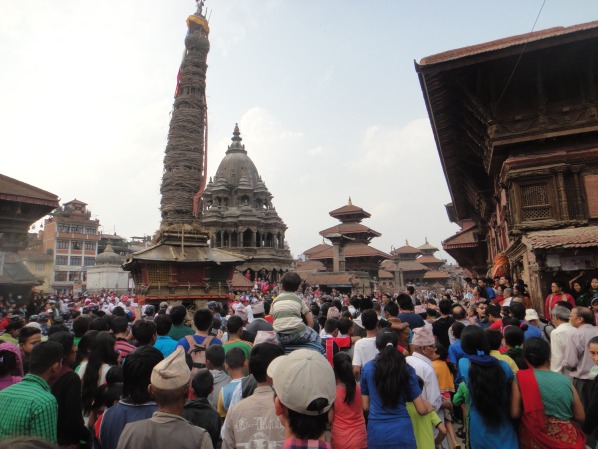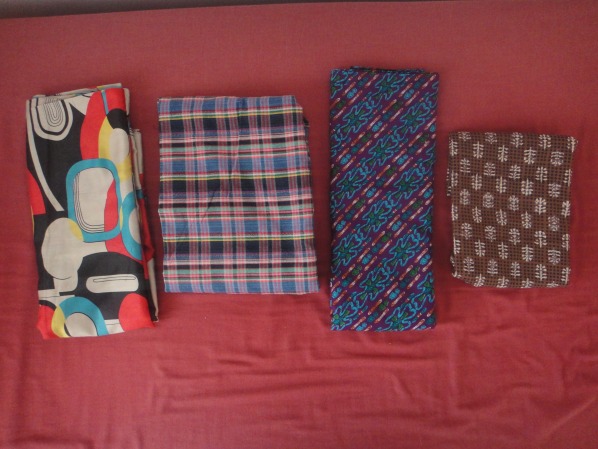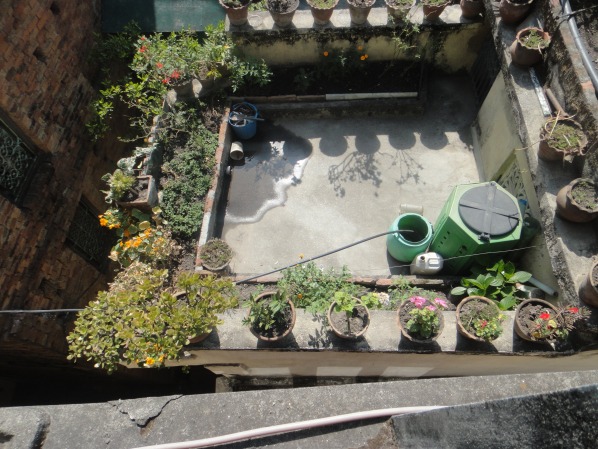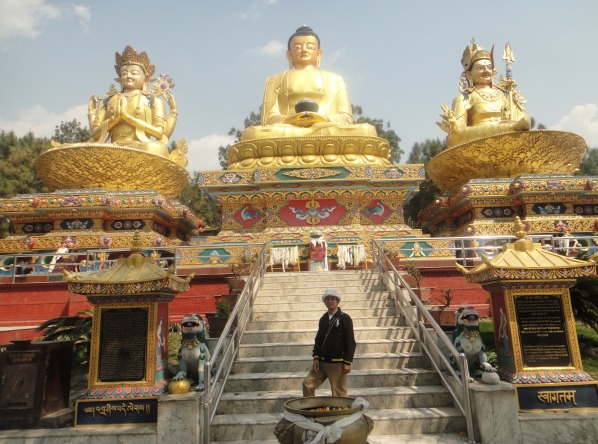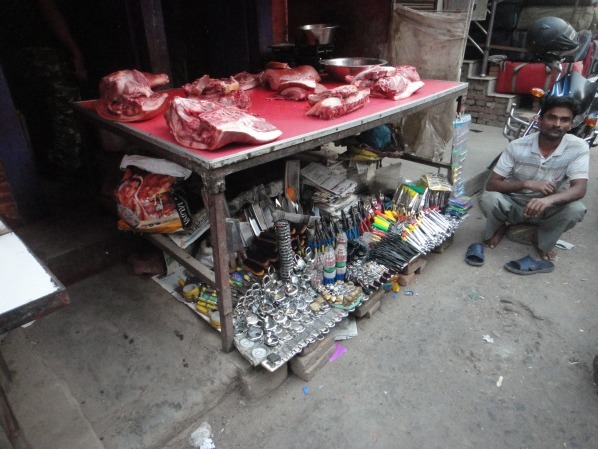The Kathmandu Post
Three Pieces for Patan Rachana Chettri, Kathmandu April 30
Dutch artist Bart Drosts installations at the Kathmandu Contemporary Arts Centre are currently open to public viewing.
The monoty of sound, the repetitiveness of movement are perhaps best captured by the perperual hun and churn of the prayer wheel. The heavy brass, covered in a holy mantra, written down in s script not all of us can read and yet whos relevance dus not go past most of us, moves with the energy of the worshippers, of souls and energies who transfer a little bit of themselves into unspoken, unchanted Om Mani Padme Hums.
This is the kind of energy that the Dutch artist Bart Drost, whos Three pieces for Patan is currently on exhibit in the KCAC vanity - at the back garden of the Patan Museum - captures in the pencil drawings he created during his stay at KCAC premises. Arranged in identical picture frames hung over the exhibitions space's white walls, the pictures are an assortment of squiggly lines - forms the artist calls 'wavies' - that seems to repeat itself again and again until the whole of the rectangular room has been circumambulated. Form here, theirs is only a childs head - wrought in gold atop a brick and cement column - to gaze at. There are two Tibetan-style 'windows' from where viewers can choose to look into the vast outside (or inside) but the sense of being locked in someones room, Drosts room, never leaves one. The 'wavies' are Drosts message to the unlooker, the outsider, little coded scripts, messages from a dream world that befuddle you; repetitive symbols that represent movement and music.
These squiggles appear again - not minuscule drawings in pencil this time - in Drosts What is God is one of us? A raised platform that is the base of the artists 'home' - the bamboo construction My House, My Temple - in Patan, a place he knew he would love the moment he saw a photo of it on the Internet, has large blue 'wavies' one can wlak over and look down at. One can follow the same process one did inside the exhibition place and follow the lines only to arravie at the houses centre: a table of replica's of the same childs head spread over it. Grey and stone-like and eerily abundant, these heads are symbols of childhood for Drost, a stage most people, he believes, hurry past in the race to adulthood. Three pieces for Patan represents a yearning for childhood in this sence, but it is also, mostly a representation of universality of human existence: 'underneath our clothes every man houses a child' writes Drost and this childness is perhaps what he is giving voice to as he, an artist from the Netherlands builds a home in Patan Durbar Square.
